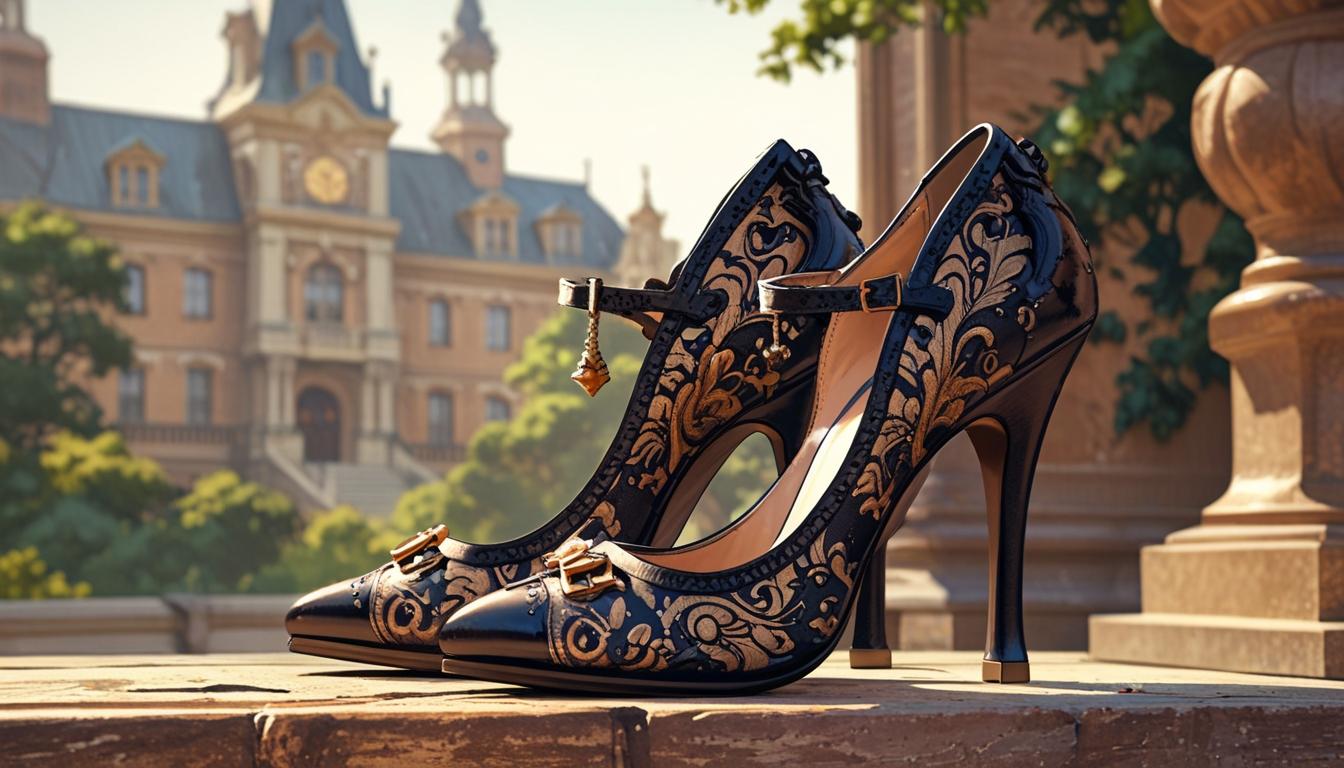High-heeled shoes have transitioned from male fashion staples to symbols of femininity, with recent trends indicating a potential resurgence in men’s styles.
The evolution of high-heeled footwear poses a fascinating narrative surrounding masculinity, fashion, and societal norms. Historically, high heels were predominantly male attire, once seen as staples of power and social status rather than markers of female fashion. The transition to the prevalent association of high heels with women’s wardrobes has taken centuries, with notable milestones and potential revivals in contemporary culture.
Initially, high-heeled shoes were designed for practical purposes. For instance, in 10th-century West Asia, Persian horsemen used them to secure their feet in stirrups. The trend spread to Europe in the 16th century as a result of trade, and by the 17th century, these shoes became a prominent feature in men’s fashion, especially among the wealthy. Designs included both practical riding boots and opulent court shoes adorned with exquisite details.
One influential figure in this transformation was Louis XIV of France, known as the Sun King. Standing at 162 centimeters tall, he wore significantly elevated heels—sometimes reaching ten centimeters—to enhance his stature. Louis XIV not only popularized high heels but also restricted their use, claiming exclusive rights to specific designs and colors, thus establishing a visual hierarchy within the royal court.
As the centuries progressed, societal views on gender roles began to shift. With the Enlightenment era in the late 18th century, clothing became simplified for men as philosophies promoting practicality and rationality took hold. British psychologist John Carl Flügel described this shift as the “Great Male Renunciation,” leading men away from ornate fashion, including high-heeled shoes, as they became increasingly associated with femininity.
In the modern era, the re-emergence of men’s high heels began to gain traction, particularly influenced by iconic figures in music and pop culture. Artists such as The Beatles and David Bowie played significant roles in reviving high-heeled footwear during the 1960s and 1970s. The Beatles introduced the “Beatle Boot,” while Bowie’s eccentric fashion choices contributed to a broader gender fluidity in dressing. The glam rock era, marked by extravagant styles, further encouraged men to embrace high-heeled shoes and boots.
Despite a decline in popularity throughout the 1990s and early 2000s, recent years have seen a resurgence of high-heeled footwear for men. Artists like Harry Styles, Lil Nas X, and Timothée Chalamet exemplify this trend, often donning heeled boots and platform shoes that blur traditional gender lines. Fashion houses such as Gucci, Rick Owens, and Balenciaga have also introduced innovative designs catering to this emerging interest in gender-fluid fashion.
As we approach the mid-2020s, there are signs that men’s high-heeled footwear may continue to evolve in mainstream fashion. Current trends indicate a growing acceptance of androgynous designs, which include heeled footwear. Experts speculate that as designers continue to showcase this trend prominently on the catwalks, street fashion may soon reflect these changes. Possible styles that could capture men’s attention by 2025 include modern variations of Cuban-heeled ankle boots, platform shoes inspired by the glam rock era, and sporty elevated sneakers.
The potential reintegration of high heels into men’s everyday attire raises questions about societal acceptance and prevailing attitudes towards gender expression. Will these once-taboo shoes become standard elements of men’s wardrobe, or will they remain confined to the realms of high fashion and alternative style? Only time will tell as the landscape of fashion continues to evolve.
Source: Noah Wire Services




